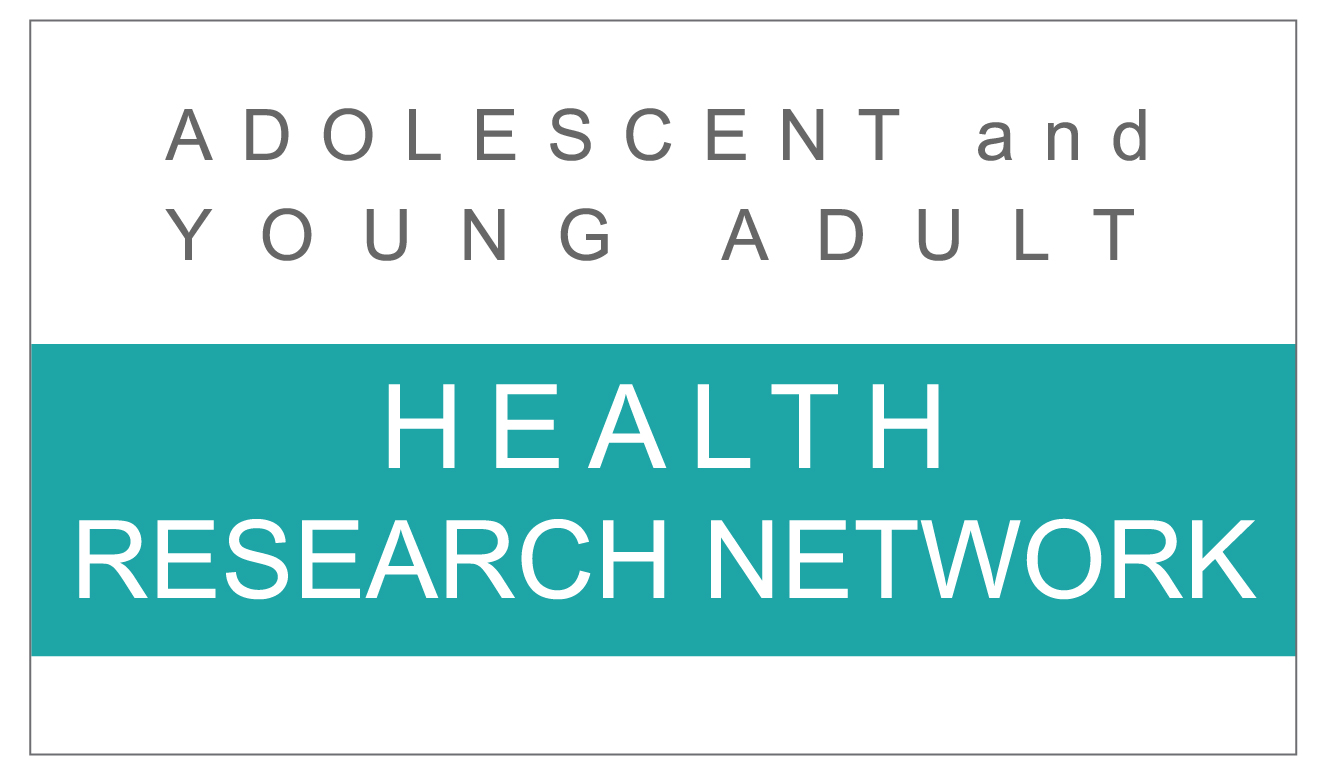Topic :: Health Care Access & Utilization
-
- The health care reform law enacted in 2010 is an ambitious and complex piece of legislation. The requirements of PPACA are scheduled to be phased in over a period of several years. If successful, the law will result in an increase of 32 million additional insured individuals in the United States, many of whom will be adolescents and young adults.…
-
- This 2009 article reviews health trends for adolescents and young adults, providing a single source for a national health profile. Data are presented on demographics, mortality, health-related behaviors, and healthcare access and utilization and major gender and racial/ethnic disparities are highlighted. The authors outline recommendations to improve health during these critical periods in the lifespan. Access the article: Paul Mulye,…
-
- This brief provides an annotated list of organizations and agencies that monitor trends in state and federal policies related to the 21 Critical Health Objectives. While multiple policymaking venues exist within the U.S. political system, this brief focuses on federal and state legislation. The brief is available for download here.
-
- This 2008 brief was a first of its kind to synthesize a range of national mental and behavioral data, including positive measures of emotional/mental well being. The brief provides a benchmark and framework for health, education and other professionals and community leaders who are concerned with adolescent mental health—an issue that remains as salient as it was when this was…
-
- This article reviews the overall health of adolescent males and discusses the issues we should focus on to improve male health. It is the second in a series of four adolescent male health columns authored by Jane Park and David Breland for the American Journal of Men’s Health. The article is available here: Park, M. J., & Breland, D. J.…
-
- This seminal article from 2006 introduced the health issues of young adults. Although key health issues of young adults parallel those of adolescents, young adults often fare worse on these health indicators, with many measures of negative outcomes—including rates of injury, homicide, and substance use—peaking during young adulthood. The article argues for a national health agenda for young adults that…
-
- This article presents data on health insurance coverage for adolescents 1984-2002. The analysis suggests that federal expansions in health insurance, primarily during the 1990s, offset declines in private insurance and led to greater insurance rates for adolescents. View the article here: Trends in private and public health insurance for adolescents. JAMA, 291(10), 1231-1237.
-
- Improving the Health of Adolescents & Young Adults: A Guide for States and Communities is a companion to Healthy People 2010, the U.S. Department of Health and Human Services’ comprehensive, nationwide health promotion and disease prevention agenda. The document helps communities and individuals translate the Healthy People 2010 objectives that are key to adolescent health and safety into a vision…
-
- This article assesses the relationship between income and a broad set of health status, access, and utilization indicators. The authors used the most current nationally representative data available, including new variables, not previously available, in domains including mental health status and dental health services. These new data permit a more comprehensive assessment of income’s relationship to health status and access…
-
- This was the presidential address at the SAM 2003 meeting focusing on the future of adolescent health. NAHIC Director Dr. Irwin reviews the history of the adolescent health field, presents a case for a positive view of adolescence, and makes recommendations for future research, policy and workforce training. Irwin C. E., Jr. (2003). Presidential Address: Adolescent health at the crossroads:…
 University of California San Francisco
University of California San Francisco


